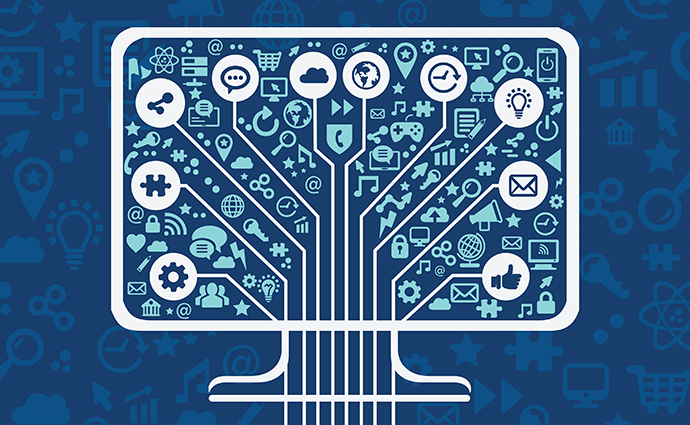Lawmakers Look to Continue FCC’s COVID-19 Telehealth Program
A letter signed by more than 40 members of Congress calls on FCC Chairman Ajit Pai to provide details on the recently closed COVID-19 Telehealth Program – and asks how much he would need to continue the program
July 22, 2020 – Dozens of lawmakers are looking to revive the Federal Communications Commission’s COVID-19 Telehealth Program, which ran out of money earlier this month.
A letter signed by more than 40 members of Congress asks FCC Chairman Ajit Pai for more information on the $200 million program, which issued its 14th and final list of approved funding applications on July 8. In all, the agency approved 539 funding applications from 47 states, Washington DC and Guam, missing only Hawaii, Alaska and Montana.
“We write to request more information about the funding made available to providers through the COVID-19 telehealth program authorized by the CARES Act. More and more patients are seeking care from providers over telecommunications technology rather than in a brick and mortar office or clinic,” the letter states. “We believe this shift has the potential to improve access to care for marginalized populations, reduce costs, and improve health outcomes by facilitating better monitoring of chronic health conditions.”
Created out of the CARES Act, which was signed into law in March, the fund was designed to support healthcare providers across the country in expanding or developing connected health platforms to address the coronavirus pandemic. While applicants of all sizes sought support to buy telemedicine equipment and launch telehealth and remote patient monitoring services, particular emphasis was placed on efforts to expand broadband connectivity.
Those signing the letter say the program’s work is far from finished.
“Especially during this public health crisis, we need to keep our most vulnerable neighbors safe, and thankfully, many of our region’s healthcare providers use telehealth to deliver quality care without putting Virginians at greater risk,” US Rep. Abigail Spanberger (D-VA), who led the letter-writing effort, said in a press release. “Unfortunately, unreliable internet access and rising costs often prevent patients from accessing these telehealth services. That’s why I led 40 of my colleagues – Republicans and Democrats – in emphasizing the critical importance of telehealth. I’ve been encouraged by the strong support these innovative, cutting edge healthcare programs have received in Congress so far, and I hope Congress and the FCC will take bold steps that can widen the adoption of these programs and expand high-quality, affordable healthcare access across our rural communities.”
The letter also seeks more details on the program – a familiar refrain from lawmakers who’ve sought transparency in the past.
It calls on Pai to provide information on the average amount of money requested by applicants, the average number of people served by each approved application, the average time taken by the FCC to process reimbursements for invoiced services and devices, and the technical assistance provided by the FCC to smaller providers who may not have known how to fill out the application.
It also asks Pai to detail the number of awards going to rural and urban providers, those serving high-risk and vulnerable patients and each category of provider type as described by Section 254(h)(7)(B) of the Telecommunications Act of 1996.
Finally, the lawmakers asked Pai to estimate how much more money the FCC would need “to fulfill all pending applications.” This follows a letter sent to Congress in April from the American Telemedicine Association asking to add $300 million to the program.
The COVID-19 Telehealth Program wasn’t a grant program, but a reimbursement program. To receive disbursements, healthcare providers are required to submit an invoicing form and supporting documentation to receive reimbursement for eligible telemedicine and mHealth expenses and services.
In a letter last month to lawmakers, Pai defended management of the program, saying the “decision-making has been meaningfully informed by collaboration and consultation,” in particular with the Centers for Disease Control & Prevention and the Johns Hopkins Coronavirus Research Center.
“The steps we have taken thus far have been very well received, not least by the recipient health care institutions and the communities they serve,” he added. “But we also want to assess after the Program’s conclusion how COVID-19 Telehealth Program funding was spent and lessons that could improve the Commission’s upcoming Connected Care Pilot Program. Participants are expected to report to the Commission on the effectiveness of this funding on health outcomes, patient treatment, health care facility administration, and any other relevant factors.”

